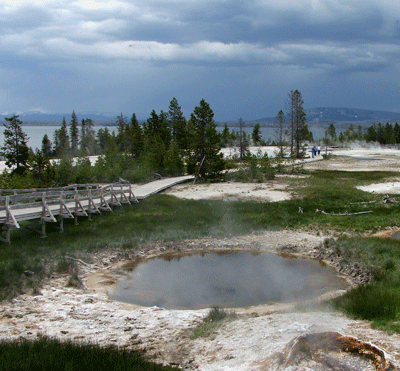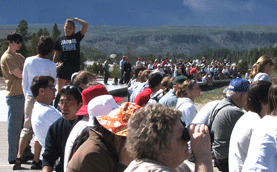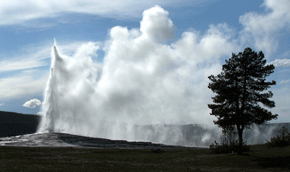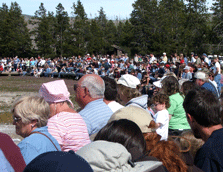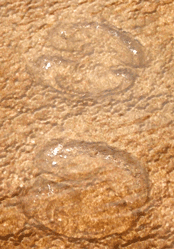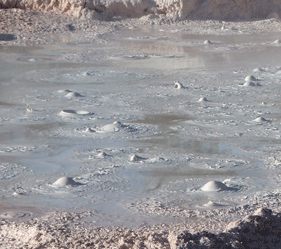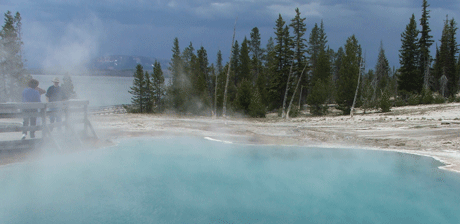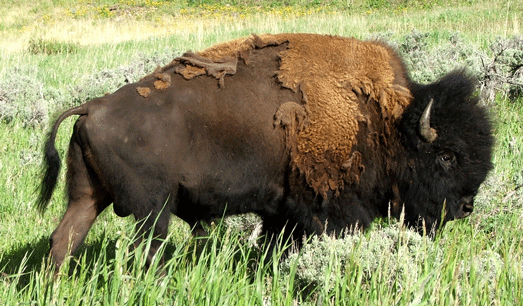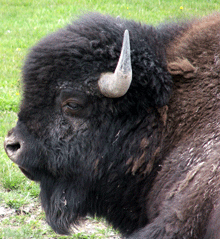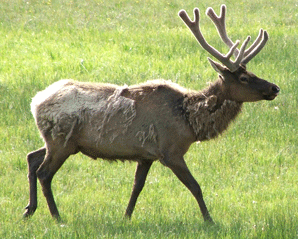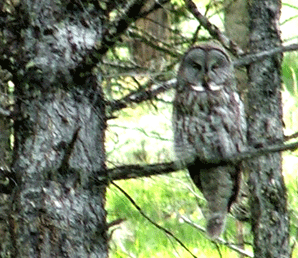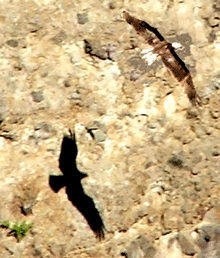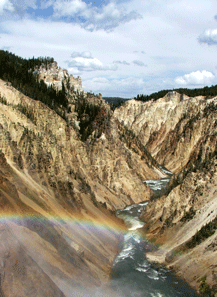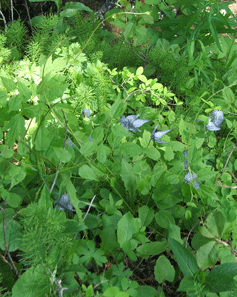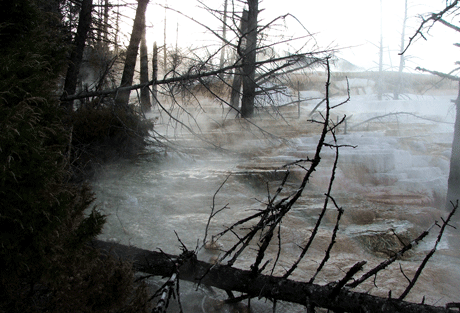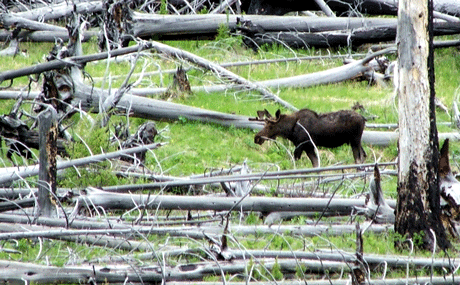|
Some of the landscape was conventionally beautiful, not weird. We hiked along the rim of the Grand Canyon of the Yellowstone, as it is called. It doesn't hold a candle to the one in Arizona, but it is grand nevertheless. The water rushing along the bottom drops in a series of high waterfalls, whose tops can be reached by going down a steep path into the canyon. It was worth the climb back up to see the permanent rainbow that arched across the bottom of the canyon when sunlight filtered down between the cliff walls. Further up the canyon, we watched from above as osprey circled around their nest, and we spotted a group of big horn sheep on the far side of the canyon. Near Mammoth Hot Springs, in the north of the park, we hiked through lush woods filled with soft green ferns, delicate flowers, and flowing streams, and across open hillsides covered with sagebrush and grasses. But the hot springs themselves were among the weirdest things in the park, great rushes of boiling water pouring over weird white chemical deposits, among dead trees that had the misfortune to get in the way of overpowering geology.
Then there are the dead trees. Yellowstone burned in the summer of 1988, one third of the park succumbing to the fires. It will be a long time before the remains of that devastation are gone from view. Whole hillsides look like giants were playing with pixie sticks, hundreds of bare trunks tossed across the ground waiting to be deftly picked off by huge fingers. Elsewhere the trees are growing back, looking like plantation forests evenly spread with young pine trees, all the same height. In some places there are just charred remains, in others the dead trees are still standing, mixed with those that survived the blaze. In a way it's dismal to see what the fires did, but they brought life to the park as well. Where the fires didn't hit are thick stands of dense pine trees. Where they did hit, there's a great mix of things growing, providing homes to a richer mix of animals, and changing the character of the park. Thinking about the new life in the park made even the ugly piles of dead trees seem interesting. I'd like to keep watching over the next thirty years, to see what happens as they decay and new things grow in their place. Fire is natural, after all - only humans could do something serious enough to really hurt Yellowstone. |
|
|
